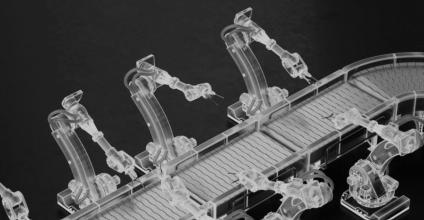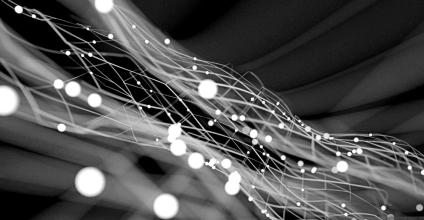
Physical AI: When Intelligence Not Only Computes but Acts
By Paul Miller, CTO, Wind River The industry conversation around edge AI has advanced rapidly. In a previous post , we explored how intelligent inference running at the point of...
1 day 11 hours ago








